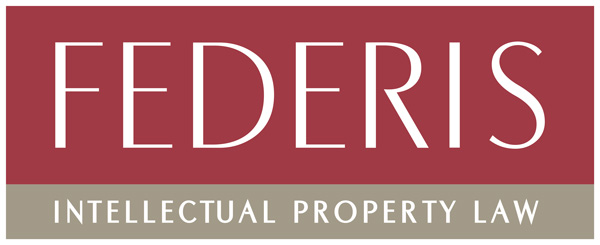Despite rightfully owning a trademark, a foreign company failing to apply for its registration in a timely manner in the Philippines is often confronted with the issue of bad-faith or fraudulent registration, countered by opposition, cancellation and unfair competition actions.
The Philippines follows the first-to-file system; anyone who first applies will be granted registration, to the exclusion of the true owner.

Partner
Federis & Associates Law Offices
Among competing applicants, a third party motivated to trade-off on the original mark’s reputation and goodwill can obtain registration for the simple reason that its application has an earlier filing date.
Since a trademark examiner does not investigate bad faith, whoever files first receives the registration, even if there is no underlying business supporting the claim of ownership.
The Intellectual Property Code (IP code) neither defines nor cites bad faith as an independent basis for opposing an application. In an opposition, the usual cause of action is failure to meet registrability criteria under section 123, while “fraudulent registration” is cited as grounds for cancelling a bad-faith registration in section 151.
There is no statute of limitations for cancelling fraudulent registration, and section 162 holds that a fraudulent registrant may be made liable for damages if false or fraudulent declaration or representation was made in securing the registration.
Accordingly, true owners with marks hijacked by third parties under the first-to-file system continue to grapple with the issue of bad faith when trying to wrestle back their trademarks from bad-faith first filers.
Bad faith is the copying and using of somebody else’s trademark. There is bad faith when the first filer knew of the creation, use or registration by the true owner of an identical or similar mark at the time the application was filed.
This definition has been consistently adopted in bad-faith cases, including: Natrapharm v Zuneca; Mustang-Bekleidungswerke GmbH + Co Kg v Hung Chiu Ming; Shangri-la International Hotel Management Ltd v Developers Group of Companies Inc; Pagasa Industrial Corporation v Court of Appeals; and Kolin Electronics Co Inc v Kolin Philippines International, Inc to name a few.
As a general rule, good faith is presumed, according to the court in Natrapharm v Zuneca, and the party alleging bad faith bears the burden of proof to demonstrate that the defendant knew of the creation and prior use of the same mark by the true owner.
The first applicant in good faith is deemed owner of the mark unless the party claiming bad faith is able to prove the prior registrant was aware of the true owner’s prior creation and use of the mark.
The party first filing the mark application must be able to offer a credible explanation as to its origin and creation.
In the Mustang-Bekleidungswerke GmbH + Co Kg case, the prior applicant was deemed in bad faith because records showed inconsistent dates of first use, which created doubt over the truthfulness of statements submitted with its application.
The court may look at testimonies of witnesses if bad faith is an issue. In the Shangri-la International Hotel Management case, the witness admitted he was aware of the Shangri-la mark prior to filing of the application. Inconsistencies were also found in the story surrounding creation of the mark. Any doubt in the mind of the court as to the first filer’s bad faith vanished when both the wording and uniquely intricate device in the original mark were also replicated in the applied-for mark.
Other types of evidence can also support a finding of bad faith. For example, if the first filer was the former sales agent or business partner of the true owner, a registration in his name will be cancelled as a bad-faith registration, as in the Pagasa Industrial Corporation case.
Or, if the first filer expressly admitted knowing of the opposer’s use of, and registrations for, identical or similar marks, that admission is sufficient to support a finding of bad faith, as in the case of SM Investments Corporation et al v SM Entertainment Co Ltd.
Rulings by the Supreme Court and Intellectual Property Office of the Philippines (IPOPHL) show they recognise the unfairness of sustaining bad-faith registrations.
This is evident in rulings from the early 1987 case of Rubber Corporation v Universal Rubber Products Inc – where the applicant failed to explain why it chose to use and copy the dominant element of the opposer’s trade name – to the recent 2022 case of Savoy Hotel Berlin GMBH & Co KG v Megaworld Corporation, where the true owner submitted evidence of use of “THE SAVOY HOTEL” since 1929, foreign registration since 1997, and presence in the hotel industry for at least 90 years.
In both cases – and others issued in between – the courts tend to tilt the balance in favour of bad-faith declaration when there is evidence supporting reasonable inference that the first filer knows that ownership of the mark belongs to another.
Mila Federis is partner at Federis & Associates Law Offices in Metro Manila

Federis & Associates Law Offices
Suites 2004 and 2005
88 Corporate Centre
141 Valero St, Salcedo Village
Makati City 1227, Philippines
www.federislaw.com.ph
Contact details:
T: +63 2 8889 6197 to 98
E: mail@federislaw.com.ph




























